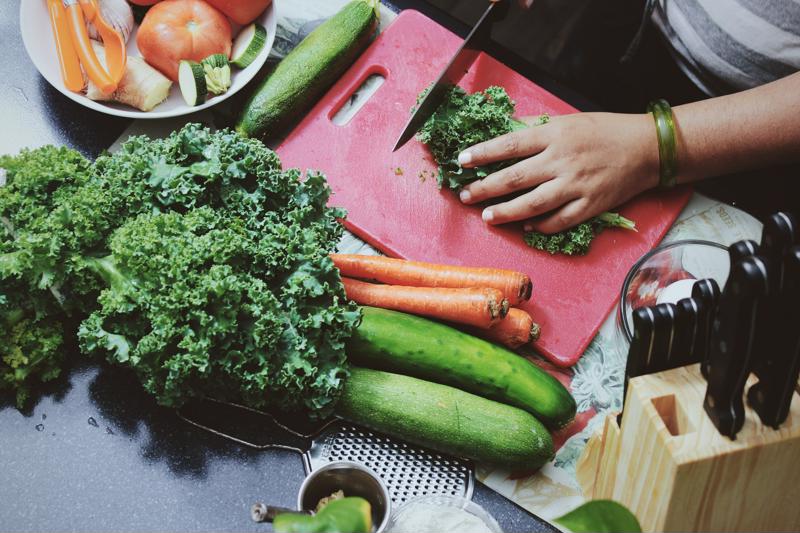Have you ever considered going on a gluten-free diet? Despite popular belief, avoiding wheat doesn’t necessarily improve your health, especially if you don’t live with celiac disease. According to The University of Chicago Medicine Celiac Disease Center, celiac disease affects about 3 million Americans. Sales of gluten-free foods have increased tremendously over the last decade, and the U.S. Department of Agriculture doesn’t expect that to stop anytime soon. Is that because more cases of celiac disease are developing? Not necessarily.
The truth about gluten-free foods
According to a survey conducted by the National Restaurant Association, 30 percent of adults in the U.S. try to avoid or cut back on gluten in their diets, and that number is only expected to increase. Not because they live with celiac disease, however. The reasoning is a result of following a “fad diet” that most believe is the healthier option.
“Some gluten-free labeled foods have GMOs and MSG.”
It’s a common misconception that going “gluten-free” means you’re automatically switching to a healthier diet. In fact, Natural News reported that many of the gluten-free foods aren’t healthy and wholesome – they’re actually loaded with hidden forms of GMOs and MSG. Unfortunately that means many of those gluten-free options are actually just as unhealthy – and often more so – as the processed foods you’ve been avoiding. When in doubt, choose foods clearly labeled “non-GMO.”
If you’re living with celiac disease or would simply like to cut back on gluten, just make sure you’re eating the right foods. Here are a few tips for following a healthy gluten-free diet:
1. Read food labels
Just because the label says “gluten-free” doesn’t mean it’s the healthiest option. To avoid picking up a product that’s just as bad as processed foods, carefully read the nutrition label. BBC Good Food said you can tell if the label is lying by reading the ingredient list – look out for wheat, rye, barley and spelt. In all reality, it’s best to avoid foods with a mile-long ingredient list that contains words you can’t pronounce.
2. Eat real foods
Raw, real foods without the label are your best natural gluten-free options. A nutritious diet rich in raw fruits, vegetables and nuts – such as the Hallelujah Diet – is a great path for those looking to avoid wheat. Acquiring a gluten sensitivity doesn’t mean you have to sacrifice taste – there are so many ways to create delicious gluten-free dishes! Pick up our book, “Gluten-Free Resolutions” for a variety of combinations that use only the best raw, real foods – your taste buds will be just as happy as your body’s other systems as your health and well-being improves.
 Raw foods make your best options for gluten-free.
Raw foods make your best options for gluten-free.3. Consider a supplement
If you’re searching for a gluten-free supplement to boost your overall health, our BarleyMax makes an excellent option. Since this product is harvested before the head of grain develops in the barley plant, it’s gluten-free, and has been lab tested to ensure the fact. Consuming BarleyMax is a health-conscious decision, as it provides the body’s vital cells with resources to support the immune system from developing disease and chronic conditions.To learn more about this gluten-free product, click here.
The post Tips for Following a Healthy Gluten-Free Diet appeared first on Plant-Based Diet – Recipes & Weight Loss Supplements | Hallelujah Diet.